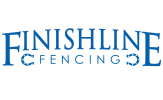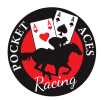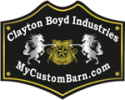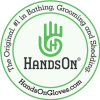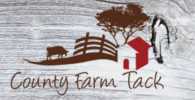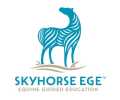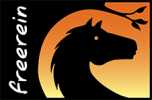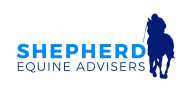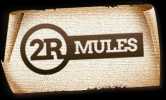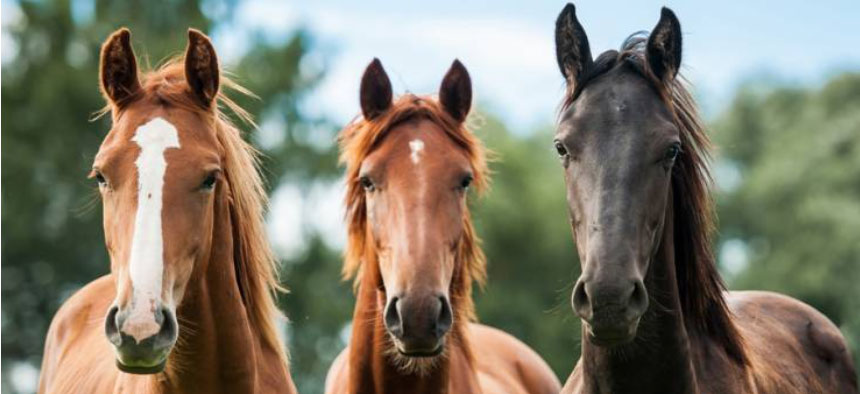
By Kentucky Equine Research Staff
Many horse owners are familiar with using artificial lights on broodmares to advance the breeding season or on show horses to help keep short, slick hair coats. Recently, Japanese researchers used artificial lighting on young, growing Thoroughbreds and found that extending a yearling’s photoperiod in winter increased muscle mass. The use of artificial lights to manipulate muscling may offer a unique way of helping prepare young horses for their two-year-old careers.
Previous research found that young Thoroughbreds bred in northern Japan, Hokkaido, suffer a decrease in growth rate in the winter between weaning and the first year and again between the first and second year of life. Further, there is a lower rate of increases in body weight, height at withers, girth circumference, and cannon bone circumference in the winter between the yearling and second year compared to young horses reared in southern Japan where the photoperiod is longer.
The increased rate of growth in Thoroughbreds raised in southern Japan is thought to be, at least partly, attributable to the activation of hormones involved in the hypothalamic-pituitary-gonadal axis as well as the growth hormone-insulin-like growth factor-1 axis as the photoperiod lengthens.
Another published study in Japan reported that the growth rate and shedding of winter coats were accelerated by applying extended photoperiod confirming that photoperiod affects more than just reproductive hormones.
Hoping to build on the current data, veterinarians from the Japanese Racing Association and Tokyo University placed 41 Thoroughbred yearlings under artificial lights to provide 14.5 hours of daily light from December 20th until April 15th. They measured body weight and fat-free mass throughout the extended photoperiod, comparing those measurements to 32 Thoroughbred yearlings maintained under natural lighting only. All horses were in northern Japan, in Hokkaido, a similar latitude as southern France and the Great Lakes in North America.
“One key finding of the study was that extending the photoperiod decreased the decline in growth rate in colts compared to those raised without lights, but the same effect was not seen in fillies,” said Ashley Fowler, Ph.D., a Kentucky Equine Research nutritionist.
Further, fat-free mass increased with age in both colts and fillies with the extended photoperiod, but the effect of extending the photoperiod on fat-free mass was more pronounced in colts than in fillies.
“These results support the idea that fat-free mass increases with longer day length. This may be a result of activating the hypothalamic-pituitary-gonadal axis and increasing circulating insulin-like growth factor-1 levels that play a role in muscle growth and development; however, further research is needed to elucidate those pathways more explicitly,” Fowler said.
Based on these results, artificial lights may be used in concert with modified training practices during the winter months to prepare young horses for competition as two-year-olds.
“To support increased muscle mass and training loads, bone density should also be considered. Triacton contains bioavailable calcium and other bone-building nutrients to help increase bone density in growing and exercising horses,” shared Fowler.
Reprinted courtesy of Kentucky Equine Research. Kentucky Equine Research is an international equine nutrition, research, and consultation company serving horse owners and the feed industry. Our goals are to advance the industry's knowledge of equine nutrition and exercise physiology, apply that knowledge to produce healthier, more athletic horses, and support the nutritional care of all horses throughout their lives. Learn more at https://ker.com.
There a more informative articles in our section on Health & Education.
*Ishimaru, M., A. Okano, A. Matsui, H. Murase, K. Korosue, K. Akiyama, and K. Taya. 2023. Effects of an extended photoperiod on body composition of young Thoroughbreds in training. Journal of Veterinary Medical Science. doi:10.1292/jvms.23-0349.


















